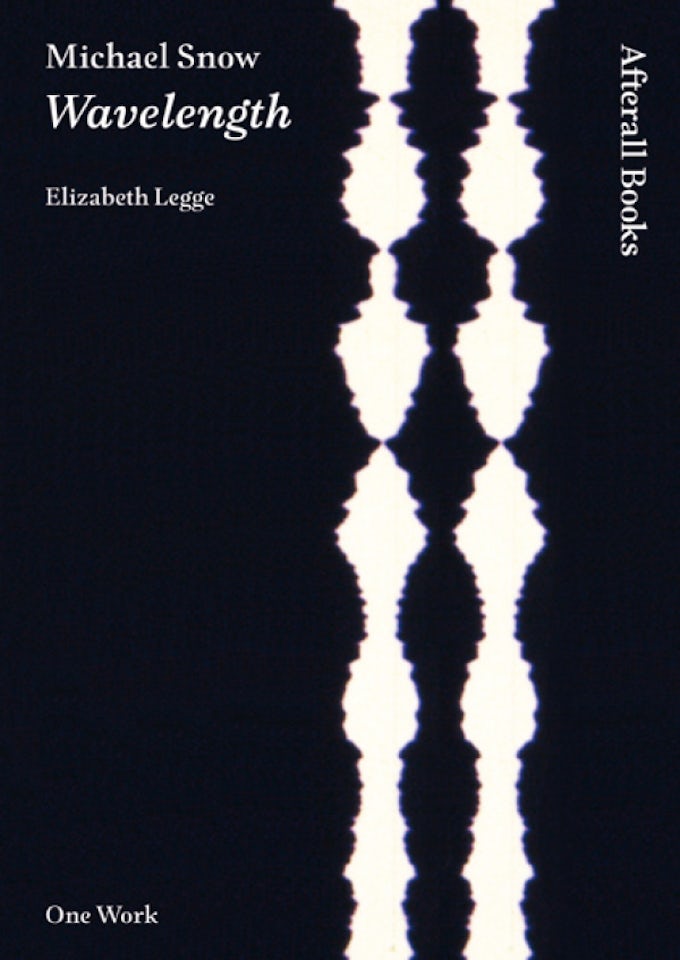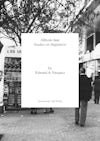Content
In 1966 Michael Snow made the film Wavelength, a masterful exploration of the nature of perception. Throughout the film’s forty-five minutes, the camera slowly zooms from one end of a New York City loft space to its far wall, accompanied by the sound of a rising sine wave.
In this critical study, Elizabeth Legge describes Wavelength as a film of expertly managed tensions, sensuous beauty, subtle light and colour and recession into perspectival depth. Wavelength was crucial to critics’ efforts to establish a vocabulary for the experimental film movement emerging a the time, and has functioned ever since as a blue screen in front of which a range of ideological and intellectual dramas have been played.




